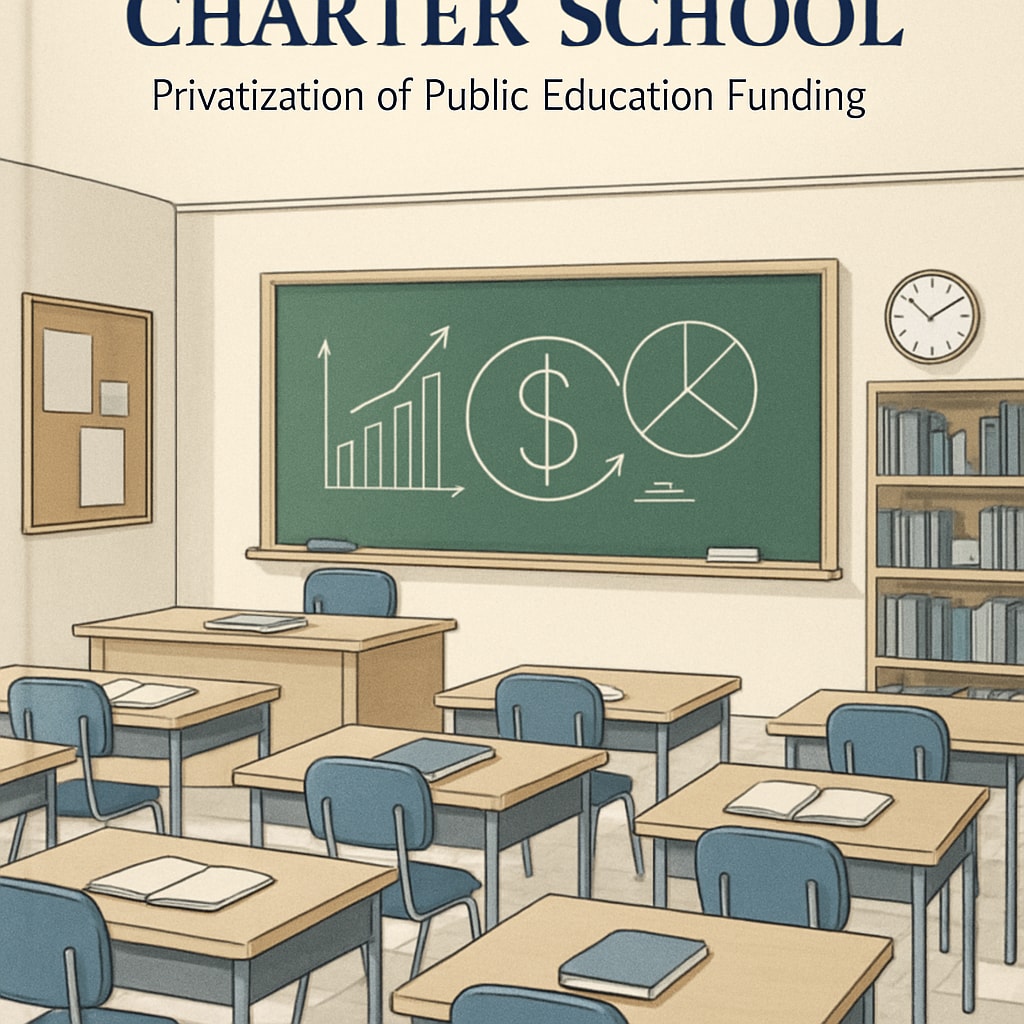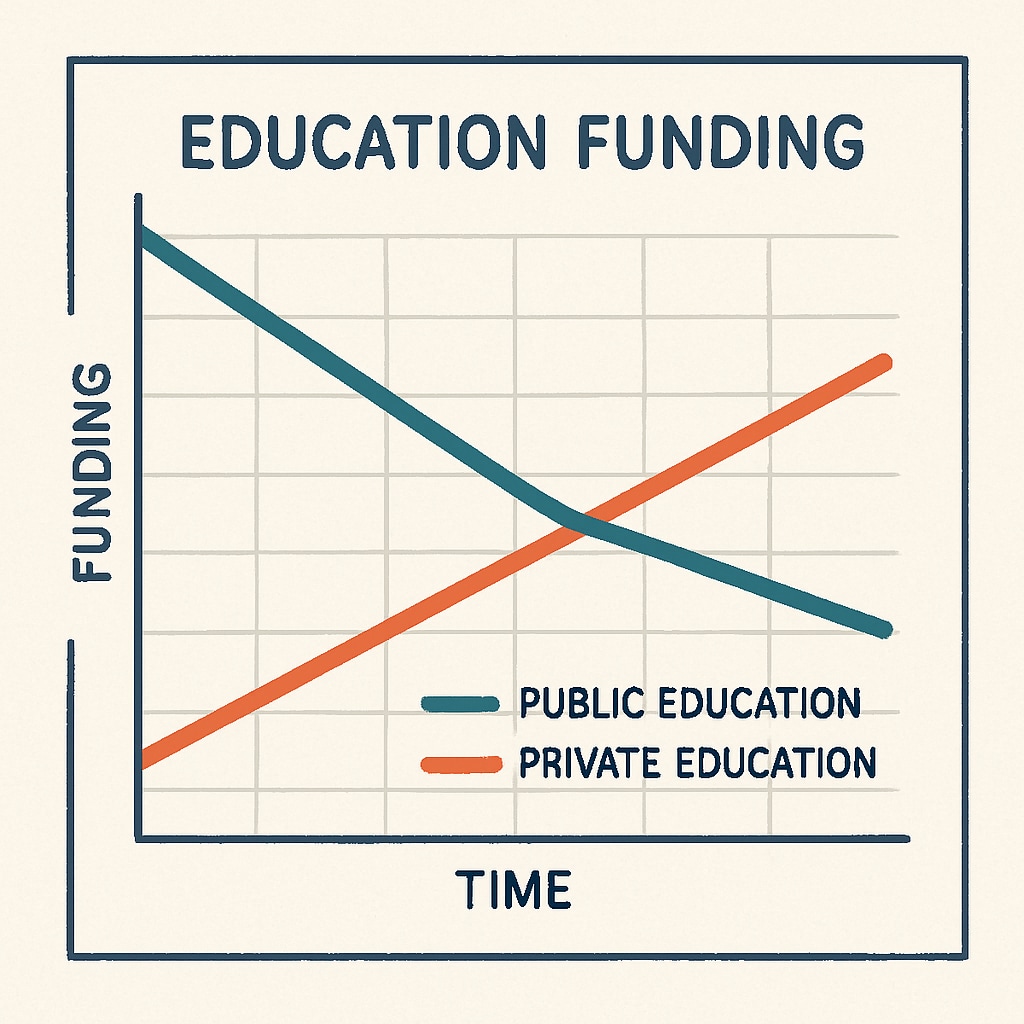The organization Stand For Children has become a controversial force in the education sector, raising concerns about its role in diverting public education funding to private institutions. The hidden privatization of public education, disguised as reform, has led to resource depletion and closures of public schools, causing widespread harm to the K-12 system. This phenomenon deserves closer scrutiny to ensure that public funds serve their intended purpose of strengthening public education.
How Stand For Children’s Actions Undermine Public Schools
Stand For Children, initially founded as an advocacy group for educational equity, has shifted its focus toward implementing legislation that often favors private institutions. While its initiatives are branded as “education reform,” critics argue that the organization supports policies that reroute taxpayer money away from public schools. For example, voucher programs and charter school expansions are frequently promoted under the guise of providing parents with more choices. However, these measures frequently drain public school resources without offering equivalent accountability or outcomes.

The Impact on Public Education and K-12 Students
The privatization trend spearheaded by organizations like Stand For Children has tangible consequences for public education. Public schools, particularly those in underfunded districts, face severe budget cuts, forcing them to reduce staffing, extracurricular programs, and essential services. As a result, students in these schools are left with fewer opportunities to thrive academically and socially.
In addition, private institutions that receive public funding often operate with less oversight, leading to potential misuse of taxpayer money. Unlike public schools, which adhere to strict regulations and accountability measures, private entities may prioritize profit over education quality, further exacerbating disparities in student outcomes.

Why This Matters for the Future of Public Education
The continued redirection of funds from public education to private institutions poses a significant threat to the foundational principles of equitable access to education. Public schools serve as community pillars, providing not only academic instruction but also social support and extracurricular opportunities for millions of students. Weakening these institutions undermines the broader societal benefits they offer.
To combat this trend, policymakers, educators, and community members must advocate for transparency in education funding and resist initiatives that prioritize privatization over public welfare. The debate surrounding Stand For Children and similar organizations highlights the need for vigilance in safeguarding public education systems.
Readability guidance: This article uses concise paragraphs and lists to enhance readability. It avoids excessive jargon, ensures a balance between active and passive voice, and incorporates transition words for smoother flow.


